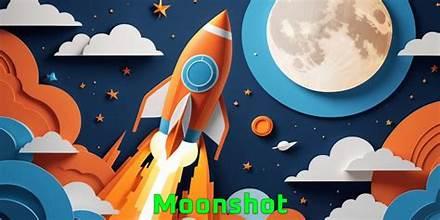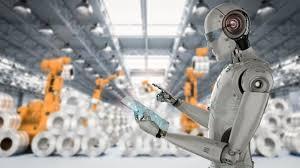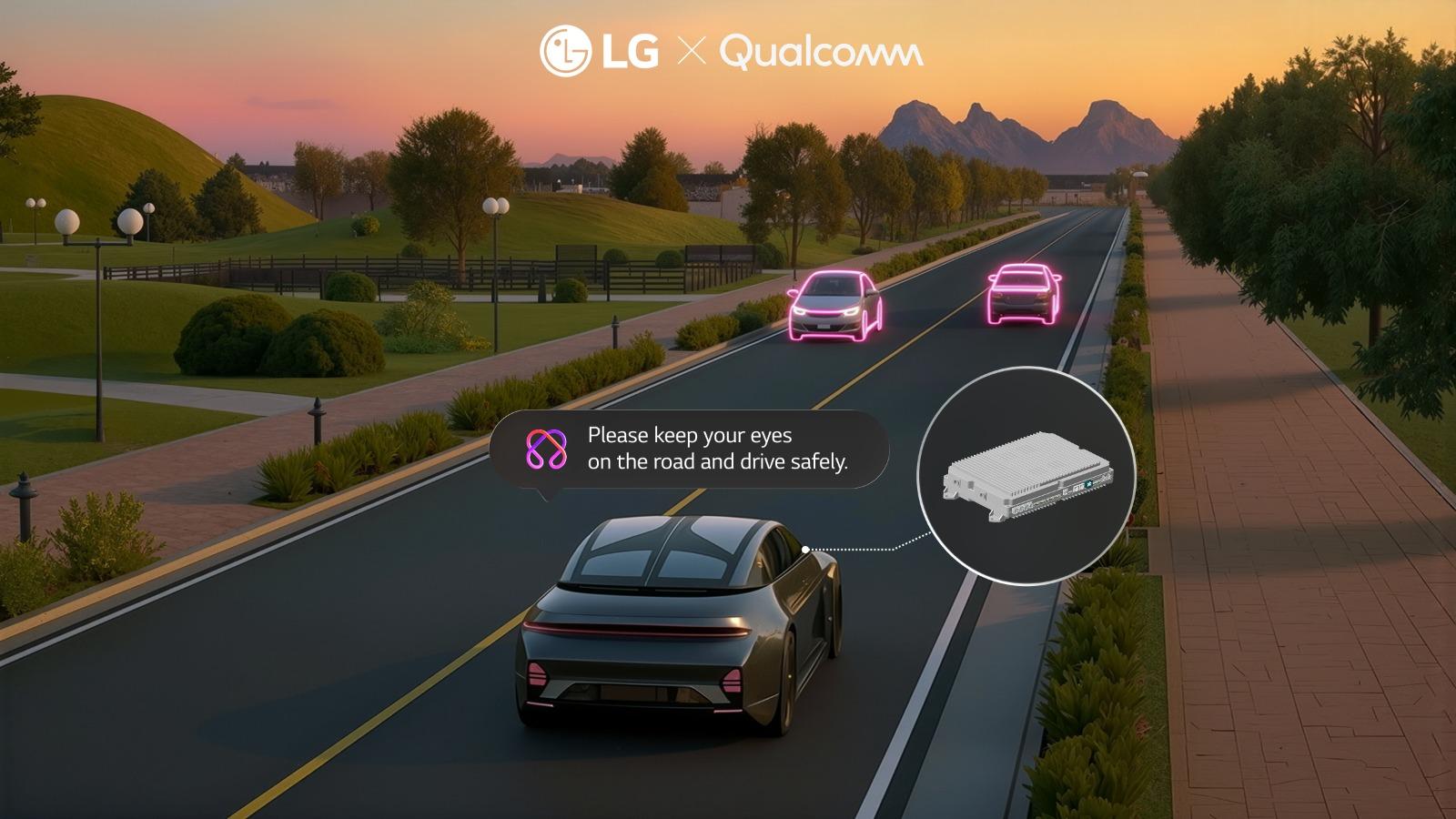Haidi Nossair,
Marketing Director – MERAT, Dell Technologies
The world is changing — but what change comes about, is largely up to all of us.
Here’s what we know for sure: the global population is predicted to grow to a total of 8.5 billion by 2030. By that time, 3 billion more people will have additional purchasing power and become part of the global middle class, increasing their demand for products and services. And all of this will put enormous pressure on the earth’s natural systems. Already, resource extraction and processing account for half of the world’s greenhouse gas emissions, and over 90% of biodiversity loss and water stress.
Global demand is only going to grow, and industries and governments need to work together to generate supply in an environmentally sustainable way. To do this, stakeholders across the public, private and nonprofit sectors are exploring the concept of a circular economy.
A circular economy, explained
What if our products, our businesses and our way of life ensured that the finite resources available to us keep circulating while we manage our use of the renewable ones to ensure we don’t further deplete them?
It may seem like a radical idea, but by keeping materials in continuous, closed-loop lifecycles, ecological systems can be regenerated and restored. Not only does this create economic, natural and social capital over the long term, but there are direct, far-reaching benefits for businesses: by some estimates, the global economic gains from material savings could total $1 trillion per year by 2025.
Even better, artificial intelligence, big data and the Internet of Things can play an increasingly important role in driving and dematerializing our economies, establishing innovative models that move everyone toward a sustainable future. In this way, the concept of growth and prosperity can be decoupled from the consumption of finite resources.
Removing waste from our ecosystems
As our economies are currently built around a culture of disposable products and single-use convenience, a staggering amount of material ends up in landfills, waterways and oceans. And the technology sector is a major contributor to the problem.
Every year, 50 million tons of e-waste is generated around the world and has become the fastest growing waste stream today. And while many people make a sincere effort to dispose of their devices responsibly, only about 20% of e-waste is formally recycled. The rest winds up in landfills or may be informally recycled, with potential to adversely affect the environment and human health.
But through a circular economy framework, companies can make a difference by designing products to be easily recycled, manufacturing with recycled content, and working with customers to take back products at the end of their lives. For example, at Dell Technologies, we manufacture more than 125 different products that include “closed-loop” plastics recovered from properly recycled electronics.
Maintaining a collaboration mindset
The concept of sharing is also central to a circular economy — the sharing of ideas, resources, best practices and processes. While it’s still necessary to stay competitive, there’s a shift in priorities towards collaborative models that deliver mutual benefits for companies, society and the environment. One way that organizations can work together to advance the circular economy, is to ensure out-of-use technology is being brought back into the supply chain. In offices everywhere, technology is being updated, leaving their predecessors sitting unused. It is critical that these materials get recycled and put back into the supply chain to be used to make new products. There are endless opportunities for companies to work with each other and nonprofits to create change.
We believe that the Egyptian government pays great attention to the energy sector. By 2030, the energy sector in Egypt will be able to meet all the requirements of sustainable development from energy resources and make greater use of its various resources either, traditional or renewable. Moreover, this contributes effectively to promoting economy, national competitiveness, social justice, and environmental conservation while leading the fields of renewable energy and sustainable management of resources. It is necessary that we innovate, predict, and adapt to local, regional, and international changes in the energy field, keeping pace with the international goals of sustainable development.
Start small and build from there
We have everything we need to transition to a circular economy — but time is of the essence. While large-scale change is necessary, there are several ways to start taking action today:
- Identify opportunities to create immediate change in your supply chain, manufacturing processes or product design — what unsustainable materials are you using most, and what are the viable alternatives?
- Assess which alternatives provide the most value both in terms of business costs and the broader environmental impact. There are many options, but you can’t compromise on the quality or durability of your product.
- Look at companies with a similar product or use case and borrow key learnings from them. You can even embrace a collaboration mindset, locking arms with your former competitors — your entire sector might just follow your lead.
- Consider new business models that help your customers manage the use of your products in a more sustainable way. Can you offer it as a service? Can you build responsible take-back options?
- Always be cautious of unintended consequences, as alternatives can come with tradeoffs that have negative, unforeseen effects elsewhere in the ecosphere.
The future we’re looking forward to may seem far off, but if we’re going to achieve a circular economy globally, we need to act now — and we need to act together.













































































